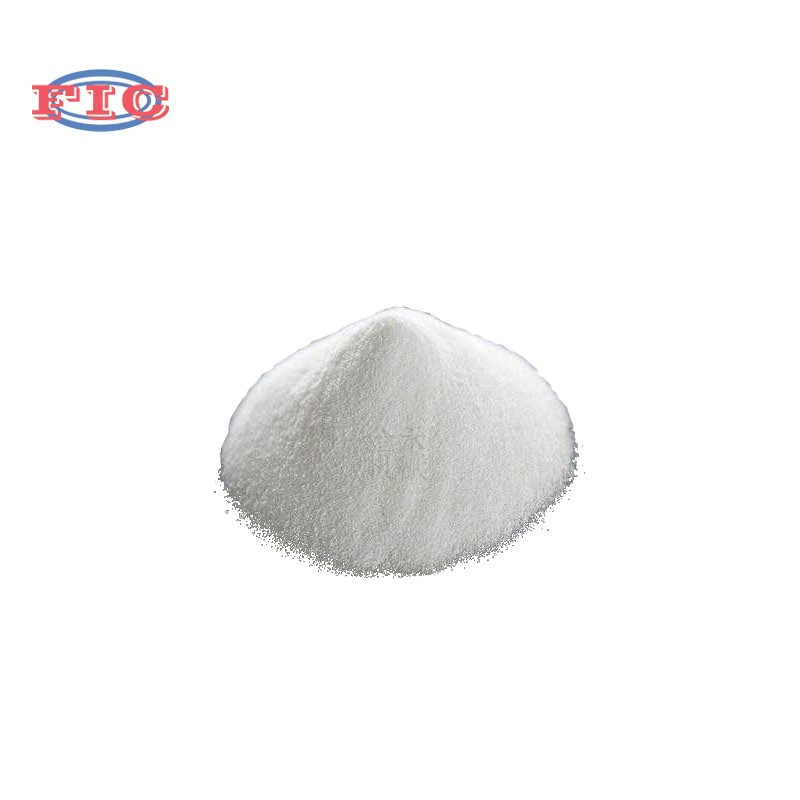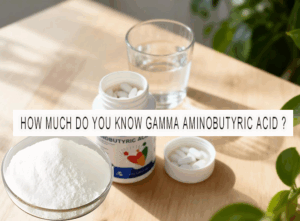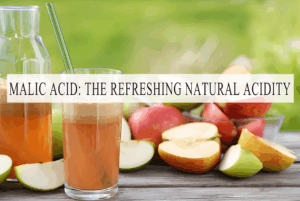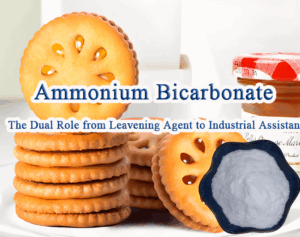If you’ve scanned the ingredient list on a loaf of sandwich bread, a sports drink, or a batch of homemade candy, “glucose” is likely a familiar term. But what exactly is food-grade glucose, and why do food manufacturers rely on it so heavily? Even more, what sets its two most common forms—anhydrous and monohydrate—apart? Let’s break this down with clear, practical details, no overly complex jargon included.
What Is Food-Grade Glucose?
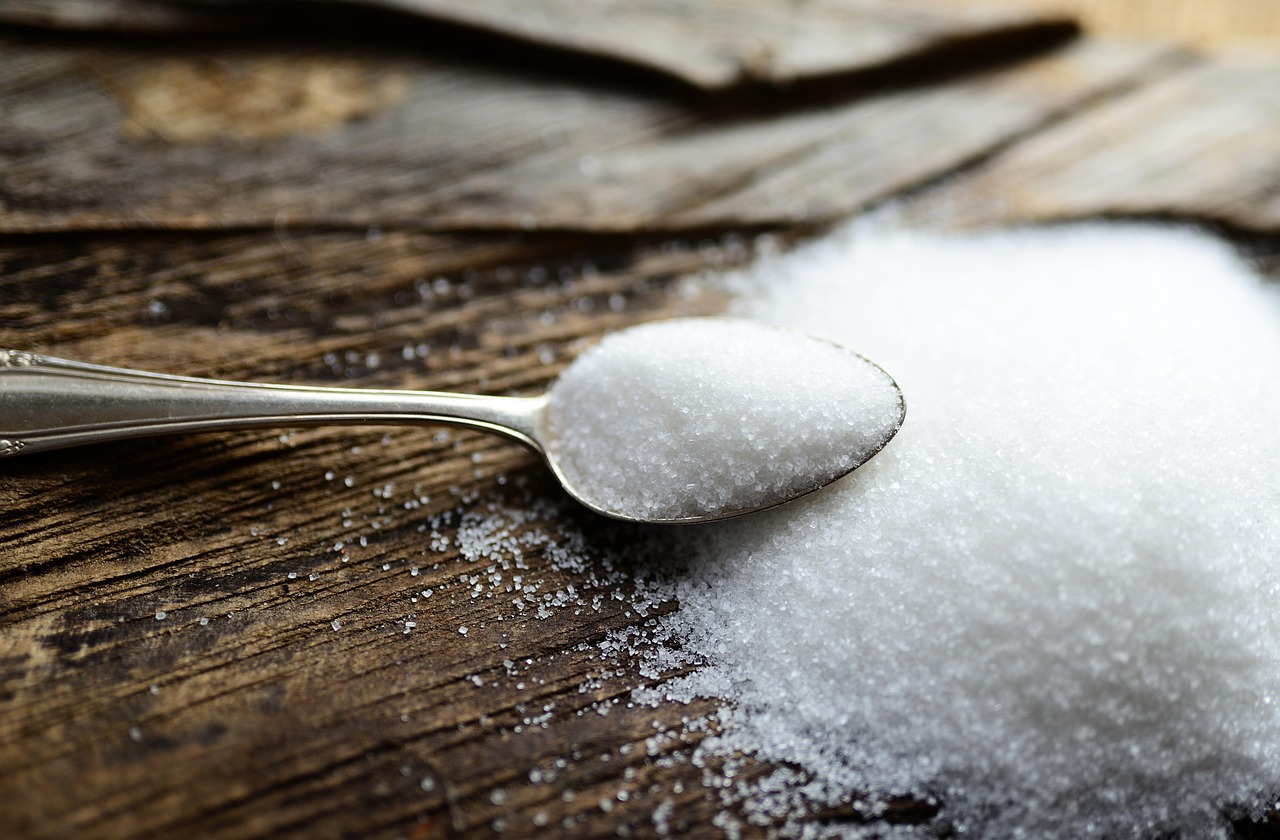
First, let’s clarify the basics: Food-grade glucose is a simple sugar (monosaccharide) that’s purified for use in food production. It’s typically made by hydrolyzing starches (most often from corn, though wheat or tapioca can also be used) to break down complex carbohydrates into single glucose molecules.
Unlike some specialty ingredients, food-grade glucose must meet strict safety standards—think compliance with regulations from the U.S. FDA (Food and Drug Administration) or the EU’s Food Safety Authority (EFSA). These standards ensure it’s free of contaminants and safe for human consumption.
Key traits that make it useful? It dissolves easily in water, is quickly absorbed by the body (making it a source of fast energy), and works well with other ingredients to improve food texture, shelf life, and sweetness.
Common Uses of Food-Grade Glucose in Food Production
Food-grade glucose isn’t just a sweetener—it’s a versatile tool for food makers. Here are its most practical applications:
- Baking: Adds subtle sweetness (less intense than sucrose, or table sugar) and helps keep bread, cakes, and pastries moist. It also feeds yeast during fermentation, helping dough rise consistently.
- Beverages: Used in sports drinks, fruit juices, and carbonated drinks to boost energy content and balance flavor (it’s less cloying than high-fructose corn syrup for some formulations).
- Confectionery: Prevents sugar crystallization in hard candies, fudges, and caramel, keeping textures smooth. It also extends shelf life by reducing moisture loss.
- Dairy products: Added to yogurt, ice cream, and flavored milks to enhance sweetness and improve freeze-thaw stability (critical for ice cream that doesn’t get grainy).
- Processed foods: Acts as a binder in granola bars, a preservative in jams, and a texture modifier in sauces—all while adding minimal extra flavor.

The Key Difference: Anhydrous vs. Monohydrate Glucose
The biggest distinction between these two forms boils down to water content—and that difference directly impacts how they’re used in food production. Let’s start with anhydrous glucose: it contains 0% bound water molecules, giving it a fine, white powder texture. However, it’s highly hygroscopic, meaning it absorbs moisture easily from the air—this makes it prone to clumping if not stored in sealed containers. Because of its low moisture content, anhydrous glucose is ideal for products where minimal water is critical: think hard candies (which need to set firm without extra moisture), powdered drink mixes, or dry baking mixes. Its shelf life is also shorter if not properly sealed, as exposure to humidity can damage its texture.
On the other hand, glucose monohydrate contains about 9% water, in the form of “crystal water” (1 molecule of water bound to each glucose molecule). This gives it a slightly larger, more flowable crystal structure—unlike anhydrous glucose, it’s less prone to clumping, even in moderately humid environments. Its stability in damp conditions makes it a better fit for products where small moisture levels don’t disrupt the recipe: examples include bread dough, yogurt, ice cream, and liquid beverages. Thanks to this stability, glucose monohydrate also has a longer shelf life under standard storage conditions, with less risk of texture or quality changes over time.
In short: If your recipe requires tight control over moisture (like a hard candy that needs to hold its shape), anhydrous glucose is the better choice. If you’re working with wet or semi-wet mixtures (like cake batter or smoothies) and need an ingredient that’s easy to handle, glucose monohydrate is more practical.
 od-Grade Glucose Safe?
od-Grade Glucose Safe?Yes—when used within regulatory limits. Major food safety bodies (FDA, EFSA, and others) classify food-grade glucose as “Generally Recognized as Safe (GRAS).” It’s a naturally occurring sugar (your body produces glucose to fuel cells, too), so it’s metabolized like other dietary sugars.
That said, moderation matters. Like all added sugars, excessive intake of food-grade glucose can contribute to health issues (e.g., blood sugar spikes for people with diabetes). But in the context of a balanced diet, the small amounts found in processed foods are not a concern for most people.
Final Thoughts
Food-grade glucose is a workhorse ingredient in the food industry—not because it’s “fancy,” but because it’s reliable, versatile, and safe. Understanding the difference between anhydrous and monohydrate forms helps manufacturers pick the right option for their products, and it gives consumers clarity on what’s in their food.
If you’re a home baker curious about substituting glucose for other sugars, or a small-batch maker wondering which form fits your recipe, start with glucose monohydrate—it’s easier to find and more forgiving for casual use. For high-precision recipes (like professional candy making), anhydrous glucose is worth seeking out.




